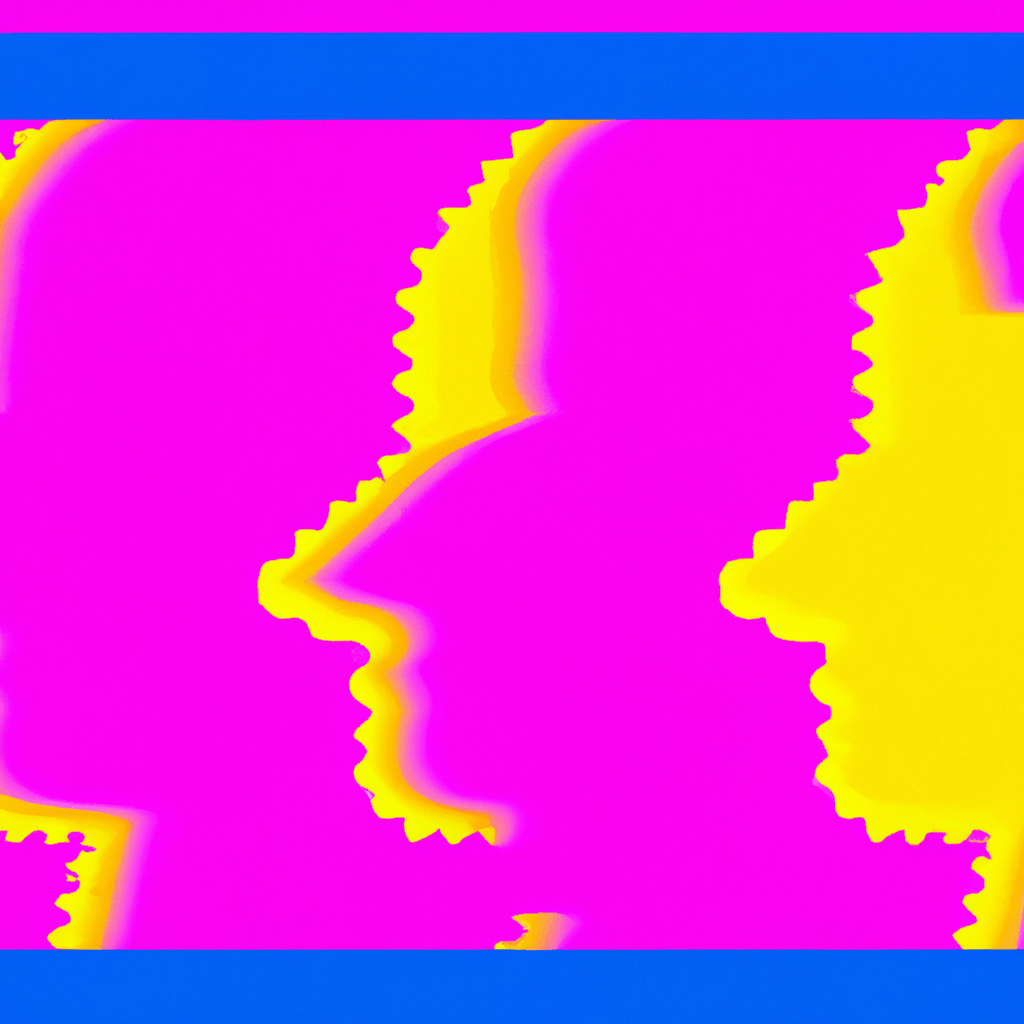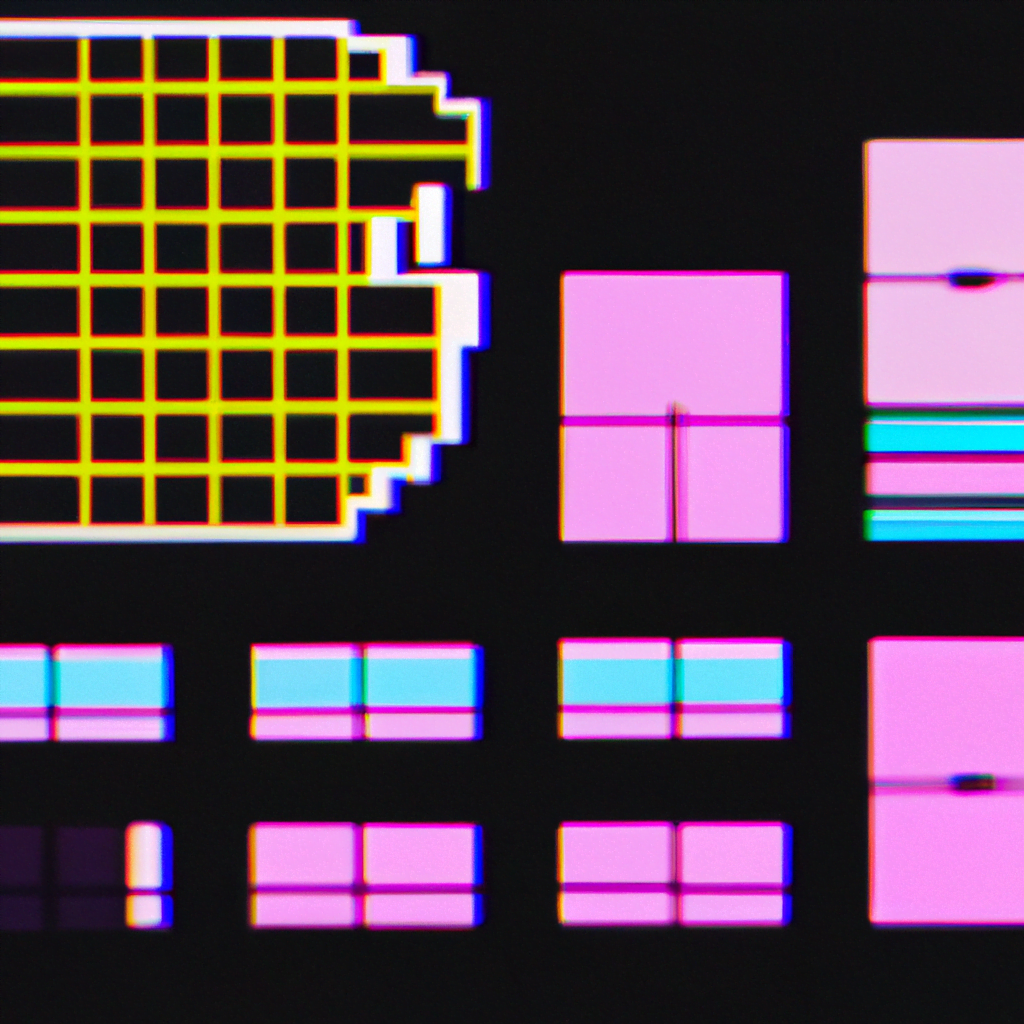
Exploring AI-Generated Iconography and Symbol Design

Artificial Intelligence (AI) has revolutionized various industries, and the field of design is no exception. One area where AI has made significant strides is in the generation of iconography and symbol design. Traditionally, designers have been responsible for creating icons and symbols manually, but with the advent of AI, the process has become more efficient and innovative. In this article, we will explore the impact of AI-generated iconography and symbol design, its benefits, challenges, and the future possibilities it holds.
The Rise of AI in Design
AI has been increasingly integrated into the design process, enabling designers to automate repetitive tasks and focus on more creative aspects. Iconography and symbol design, which play a crucial role in visual communication, have also benefited from AI advancements.
AI-powered design tools leverage machine learning algorithms to analyze vast amounts of data, including existing icon libraries, user preferences, and design trends. This analysis helps generate unique and contextually relevant icons and symbols, saving designers time and effort.
The Benefits of AI-Generated Iconography and Symbol Design
1. Efficiency: AI-generated iconography and symbol design significantly reduce the time and effort required to create visually appealing and meaningful icons. Designers can now focus on higher-level tasks, such as concept development and user experience.
2. Consistency: AI ensures consistency in iconography and symbol design by adhering to predefined design guidelines. This consistency enhances brand recognition and user experience across different platforms and devices.
3. Scalability: AI allows designers to generate a large number of icons and symbols quickly, making it ideal for projects with tight deadlines or those requiring a vast icon library.
4. Innovation: AI-generated iconography and symbol design can push the boundaries of creativity by exploring new design possibilities. The algorithms can identify patterns and trends that humans might overlook, resulting in fresh and unique visual representations.
Case Studies: AI in Iconography and Symbol Design
Several companies have already embraced AI-generated iconography and symbol design, showcasing its potential and effectiveness. Let’s explore a few notable case studies:
1. Airbnb
Airbnb, a leading online marketplace for accommodations, utilized AI to redesign its app icons. The company’s design team trained an AI model on a dataset of existing icons and user feedback. The AI-generated icons were then evaluated by designers, who refined and fine-tuned them. This collaborative approach resulted in a fresh set of icons that maintained Airbnb’s brand identity while incorporating new design elements.
2. Google Material Design Icons
Google’s Material Design Icons library is a widely used resource for designers. To expand the library, Google employed AI to generate thousands of new icons. The AI model analyzed existing icons, user preferences, and design trends to create a diverse range of icons that aligned with Material Design principles. Designers then reviewed and curated the generated icons, ensuring their quality and relevance.
Challenges and Limitations
While AI-generated iconography and symbol design offer numerous benefits, there are also challenges and limitations to consider:
1. Originality: AI models are trained on existing data, which can limit their ability to generate truly original designs. Designers must carefully curate and refine the AI-generated icons to ensure uniqueness and avoid plagiarism.
2. Subjectivity: Design is subjective, and AI models may not always capture the nuances of human preferences and emotions. Designers need to review and modify the AI-generated icons to align them with the intended message and brand identity.
3. Contextual Understanding: AI models may struggle to understand the context in which icons and symbols will be used. Designers must provide clear guidelines and review the generated designs to ensure they are suitable for the intended purpose.
The Future of AI-Generated Iconography and Symbol Design
The future of AI-generated iconography and symbol design is promising. As AI algorithms continue to improve, we can expect even more sophisticated and contextually aware designs. Here are some potential developments:
- AI models that can generate icons based on specific user preferences and demographics, resulting in highly personalized designs.
- Real-time collaboration between designers and AI models, allowing for iterative design processes and faster feedback loops.
- Integration of AI-generated iconography and symbol design into design software, making it accessible to a wider range of designers.
- AI models that can generate icons and symbols for emerging technologies, such as virtual reality and augmented reality, to enhance user experiences in these domains.
Summary
AI-generated iconography and symbol design have revolutionized the design industry, offering efficiency, consistency, scalability, and innovation. Companies like Airbnb and Google have successfully incorporated AI into their design processes, resulting in fresh and contextually relevant icons. However, challenges such as originality, subjectivity, and contextual understanding remain. The future holds exciting possibilities, with AI models becoming more sophisticated and capable of generating highly personalized designs. As AI continues to evolve, designers will have powerful tools at their disposal to create visually compelling and meaningful icons and symbols.
